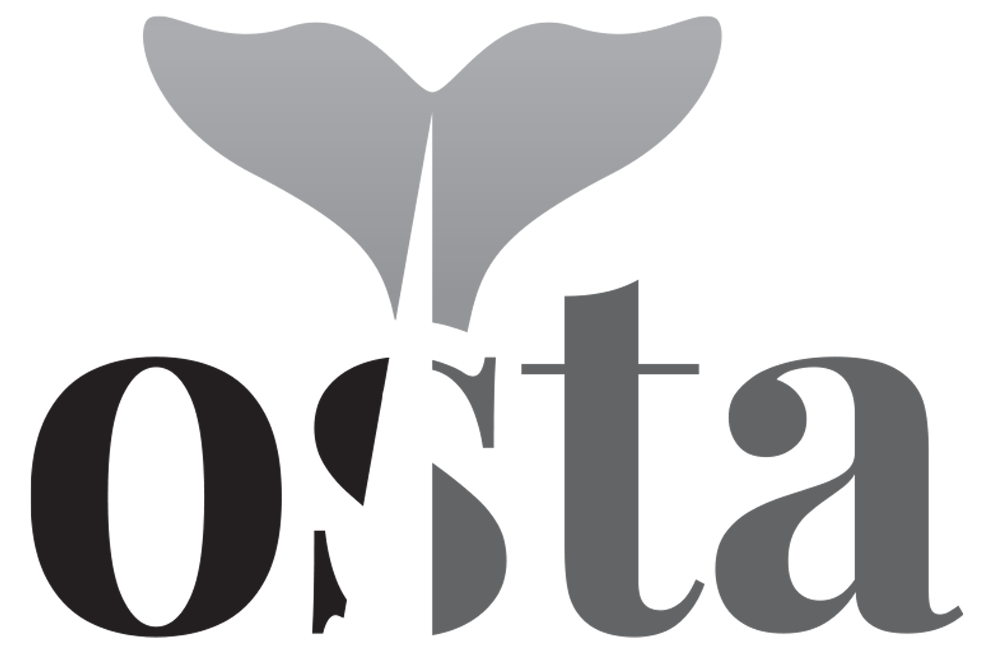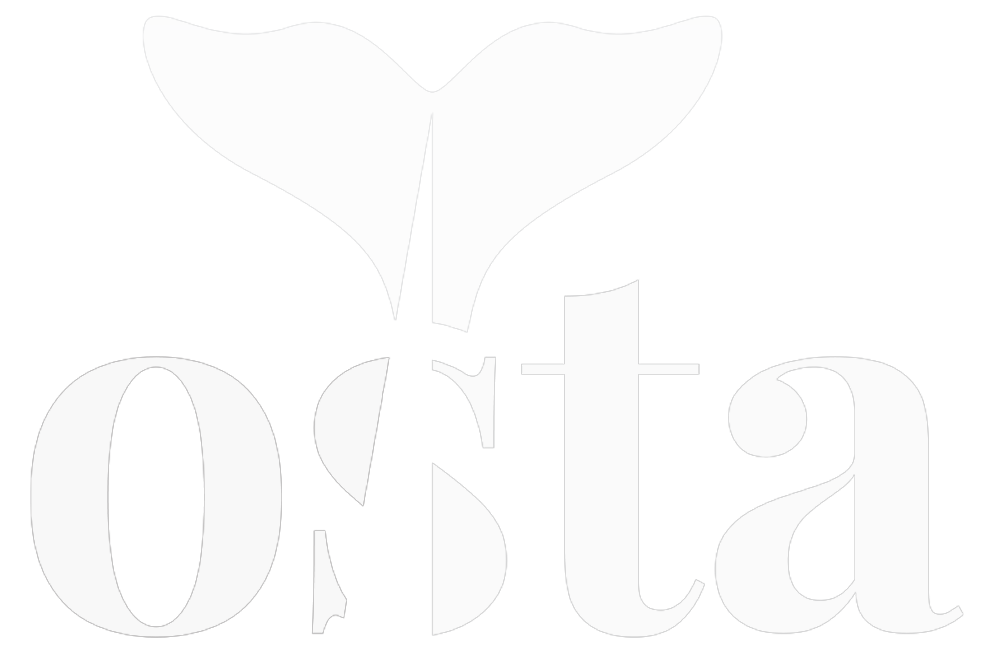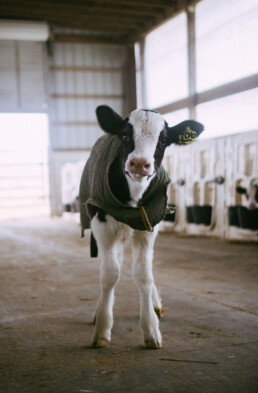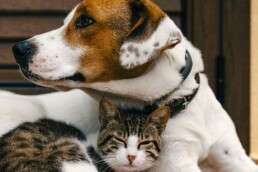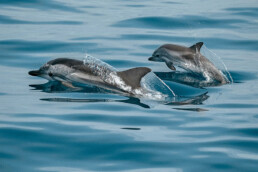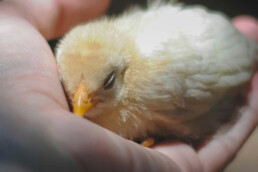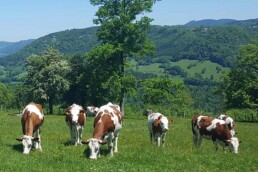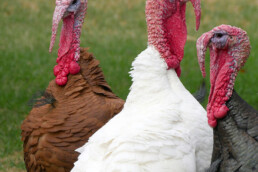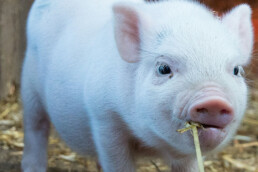Navigating Animal Hardships
Promoting the Continuity of the Cow-Calf Bond: Balancing Welfare and Operational Considerations
Calves, separated from their mothers immediately after birth and individually housed, experience substantial welfare implications. While scientific evidence underscores the benefits of extended mother-calf contact, such as improved calf health and weight gain, operational considerations also need to be taken into account. Although individual housing might be simpler to manage, it can impede calves’ social and cognitive development. A potential alternative that may optimize both calf welfare and operational efficiency involves gradual separation at three months and group housing. This approach allows for natural maternal and social behaviors, necessitating effective management practices. Thus, a balance between calf welfare needs and operational considerations could promise improved welfare for both calves and their mothers.
Calf Rearing Practices
Calves are separated from their mothers immediately after birth and spend their initial 14 days in individual spaces like polyester igloos or boxes.[1] After this fortnight, the veal calves are moved from the dairy farm to a calf collection center, while the dairy calves remain on the farm. Some calves continue to live in individual boxes until they reach eight weeks of age, depending on the farmer’s practice. In Flanders, some farmers transition the calves to group housing after the first two weeks. However, others delay this until the calves are eight weeks old, which is the maximum legal age for individual housing of calves.[2]
The mortality rate of calves is estimated to be between 11.5% to 12.2%, with up to 8.5% of deaths occurring within the first three days after birth.[3] This is significantly higher than the average mortality rate in the agricultural sector, which lies between 3 and 5%.
Cow-Calf Separation
The common practice of separating a calf from its mother immediately after birth is often justified for practical reasons, yet this rationale lacks backing from scientific evidence. Although a cow nursing its calf may result in a 7.1% decrease in milk production, various factors balance this loss. These include improved weight gain in calves, health benefits for both the calf and the mother, and cost savings from avoiding the need for systems to manage calf suckling. While full-time contact between cow and calf (allowing unlimited suckling until the calf is 12 weeks old) may not be considered profitable, a system that permits limited contact could offer a feasible alternative. This approach would balance the calf’s welfare needs with operational considerations.[4]
The practice of separation significantly affects both the calf’s and the cow’s welfare. The belief that the bond between them intensifies from the fourth day is used as a reason to separate them within the first three days post-birth, to reduce the calf’s separation distress. However, this perspective fails to consider the substantial welfare implications of early separation. This process denies the calf and its mother the opportunity to engage in natural maternal interactions, potentially leading to behavioral abnormalities and cognitive deficiencies in the calf.[5] In contrast, calves that remain with their mother are healthier, grow better, and are more resilient to diseases. [6] These advantages increase with the duration of contact between the cow and the calf, suggesting that extended contact significantly enhances the calf’s welfare and health. [7]
Individual Housing versus Group Housing
The primary justification for individually housing calves is for easier management, including health monitoring, milk intake observation, prevention of cross-sucking, and reduced risk of disease transmission. Evidence suggests that individual housing of calves has detrimental effects on social behavior development, learning ability, feeding behavior, and affective states. However, group housing may increase the prevalence of respiratory and gastrointestinal disorders and group stress.[8]
Improving Cow-Calf Welfare
Introducing Gradual Separation at Three Months
Calves should ideally stay with their mothers until they are eight to ten months old, similar to natural behavior, or until they are slaughtered. Separation of cow and calf should not happen before three month of age. This allows both cow and calf to engage in beneficial natural maternal behavior, improving welfare of both.
Separation stress between mother and calf is highest between four days and three to six weeks after birth, lessening as the calves age. By three months, calves are nutritionally and socially independent enough to undergo separation with minimal negative welfare impact.[9] Calves at this age show less cross-suckling and have better social skills and behaviors.[10]
Effective measures are available to facilitate gradual bonding between the mother and calf at three months of age. A two-step debonding strategy, like the fence-line method, can be employed. This method gradually decreases physical contact and suckling between the mother and calf by placing a barrier between them before full separation.[11] Research shows this strategy reduces stress responses in both cow and calf, ensuring a smoother transition.[12]
Group Housing instead of Individual Boxes
Calves should also be housed in groups rather than individually. Although it’s ideal for calves to stay with their mothers until they are eight to ten months old, an alternative solution is to house calves in groups instead.
Group housing allows calves to engage in beneficial natural social behaviors. It provides opportunities for social interaction, learning, and development not present in individual pens. Group-housed calves tend to show fewer abnormal behaviors and display better social competencies compared to those housed individually.[13]
Appropriate measures can ensure the success of group housing systems that promote calf welfare. Effective management practices, like regular health status monitoring and addressing social dynamics within the group, can help address potential group housing challenges.
Impact if the Optimal Reality is Realized:
323,524 Animals
161,762 Calves
161,762 Cows
__
Improving the welfare of 161,762 Flemish calves and their mothers can be achieved if the calves are allowed to stay with their mothers and are no longer individually housed.
[1] Dr. Marcel Van Aert, ‘From Calf to Heifer’, 22, 32 and 36. The original source is in Dutch.
[2] Ibid. Marcel Van Aert, 44.
[3] Ibid. Marcel Van Aert, 7 and (Original text in Dutch) Wijbrand Ouweltjes, Jan Vekalk, and Hans Hopster, ‘Early mortality of piglets, calves, and dairy goat kids, percentages, causes, and possibilities for reduction’ (Wageningen University and Research, report 1182) 48.
[4] The EFSA Report on the Protection of Calves (2023) states the following (p. 48):
‘Motivations for early cow-calf separation mentioned by farmers are financial reasons (harvest of milk that would be otherwise consumed by the calf), monitoring of milk intake ****(easier check that calves’ intake of colostrum and milk is adequate) and prevention of separation distress at a later stage (by preventing the establishment of a bond between dam and calf). Another reason cited for separation of cow and calf at birth is prevention of vertical transmission of disease such as Salmonella or Mycobacterium avium paratuberculosis (Johne’s disease).
Recent research has investigated whether the financial and health motives for systematic separation are substantiated by scientific evidence. As for prevention of Johne’s disease, a systematic review examining the efficacy of immediate separation did not find scientific evidence substantiating the efficacy of such practice and noted that early cow-calf separation should not be a substitute for appropriate management of hygiene and overall cleanliness of the maternity-pen area. Regarding financial reasons and impact on loss of saleable milk in CCC systems Mogensen et al. estimated a loss of 7.1% at a production level of 9.000 kg energy corrected milk/cow/year for the most unrestricted dam-rearing scenario (full-time dam-contact for 12 weeks; estimated intake 1207 L milk) compared to the most restricted scenario (restricted bucket feeding for 13 weeks; 462 L milk). However, Asheim et al. (2016) concluded that overall reduction in saleable milk observed in CCC systems with a dual-purpose breed was financially counterbalanced by improved weight gain of calves and health benefits for calves and cows and reduced costs in systems allowing suckling for at least seven weeks. Suckling until 12 weeks was, however, unprofitable.’
[5] M. Wenker, Welfare Implications of Prolonged Cow-Calf Contact in Dairy Farming, PhD Thesis, 6; Ibid. EFSA-Report, 38.
[6] Ibid. EFSA-Report (n 4) 128.
[7] Ibid. EFSA-Report (n 4) 128 states:
‘The benefits of cow-calf contact for the calf increase with the duration of contact: a positive impact on calf vitality can already be observed after some hours of contact with the dam; a positive effect on weight gain is observed after four days of contact and a reduced prevalence of diarrhoea is observed after a contact duration of two weeks, and social competence development after 12 weeks’.
[8] EFSA-Report (n 4) 81 and 83.
[9] EFSA-Report (n 4) 128.
[10] EFSA-Repor (n 4) 127.
[11] Ibid. M. Wenker (n 5) 146.
[12] J.F. Johnsen et al., The Effect of Physical Contact between Dairy Cows and Calves during Separation on their Post-Separation Behavioural Response (2015) 166 Appl. Anim. Behav. Sci, 11-19.
[13] For example, the Dutch Better Life Label (Beter Leven Keurmerk) is a certification that mandates group housing:
- 3 stars: Calves are housed in groups from arrival at the veal calf farm and calves are kept in groups of 20 or more animals, with a maximum group size of 40 animals.
- 2 stars: Calves are housed in groups from a maximum of one week after arrival at the calf farm and calves are kept in groups of 15 or more animals, with a maximum group size of 40 animals (for new construction and renovations from 12-1-22, no later than 1-1-2030).
- 1 star: Calves are housed in groups from a maximum of 8 weeks of age and calves are kept in groups of 10 or more animals, with a maximum group size of 40 animals (for new construction and renovations from 12-1-22, no later than 1-1-2030).
